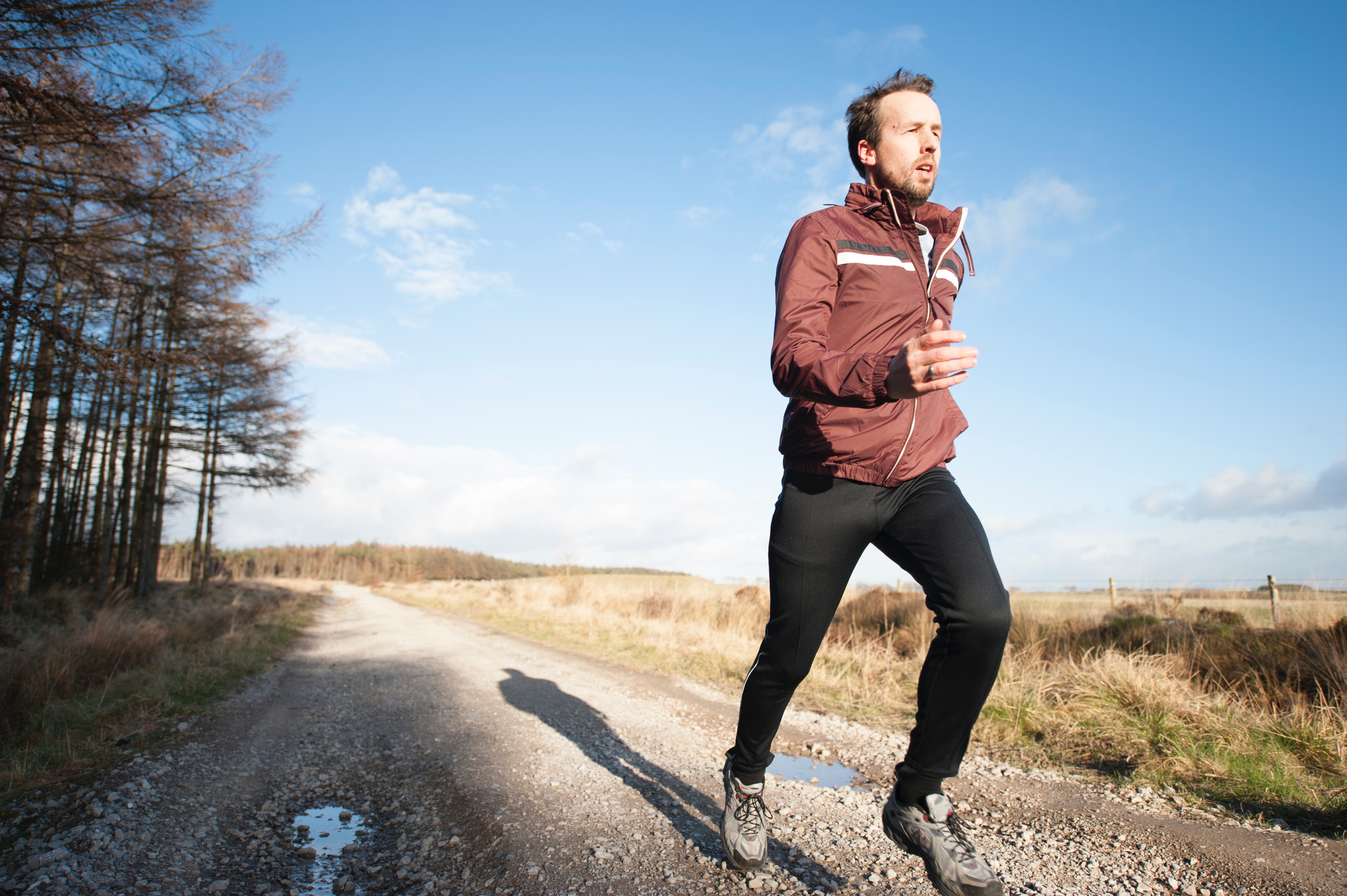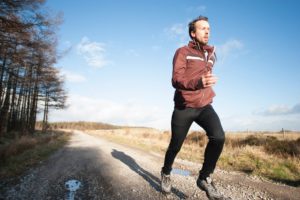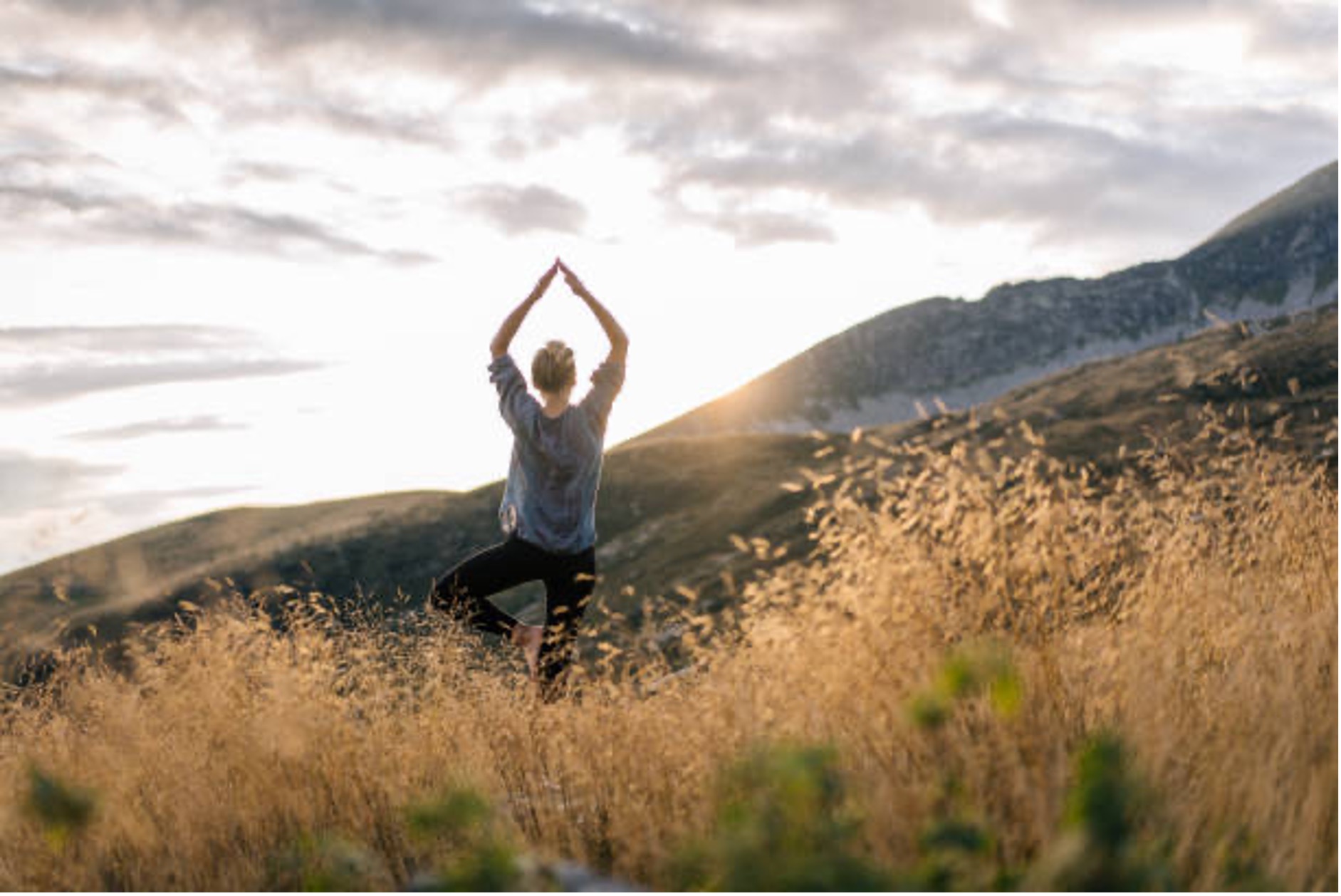
Exercise Guidelines Australia
What are the current exercise guidelines for Australians?
The Australian Department of Health has broken down the current recommendation for exercise into two age brackets, 18-64 and 65+.
Lets begin with those aged 18-64.
- Accumulation of 150-300 minutes of moderate intensity OR 75 – 150 minutes of vigorous physical activity. Or a combination of both moderate and vigorous can also be beneficial.
- So, what is moderate intensity?
- exercising at approx. 50-70% of your max heart rate.
- A easy way to think about this is a intensity that enables you to talk in small bursts
- And what is vigorous intensity?
- exercising at approx. 70-85% of your max heart rate.
- A intensity that promotes laboured breathing and does not let you talk while exercising.
- So, what is moderate intensity?
For those aged 64<
These recommendations have been designed to keep those elderly Australians moving in order to maintain their function. Furthermore, they are mainly for those who are not currently completing a daily dose of 30 minutes of physical activity and are looking for ways they can do so.
- Complete some form of physical activity, no matter age, weight, health problems or abilities.
- Try to be active every day – incorporating a wide range of activities requiring fitness, strength, balance and flexibility.
- Try and accumulate at least 30 minutes of moderate intensity physical activity on most or everyday.
“Being physically active for 30 minutes every day is achievable and even a slight increase in activity can make a difference to your health and wellbeing”.

Why are these guidelines important?
Meeting these guidelines can help not only reduce your risk of a heart attack, it may also help promote stronger bones, muscles and joints. Furthermore, accumulating the suggested amount of moderate and vigorous activity has been shown to help reduce blood pressure, blood cholesterol level and even reduce your risk of falls.
What is the easiest form of exercise?
Walking.
I know this might be obvious, but many people think that they need a gym membership to get started. Although resistance training is important – walking is can be a great place to start. Research has shown it not only helps decrease rates of cardiovascular disease and metabolic disease, it is also great for reducing pain in the short/medium terms. Also, walking is great at improving function in those with chronic pain.
CONTACT US FOR MORE INFORMATION
For more information about knee osteoarthritis and how to safely use exercise to treat it, come into Pivotal Motion and ask us about our knee physiotherapy today! Call us on (07) 3352 5116 or make an appointment online to see your physiotherapist.
References
- O’Connor SR, Tully MA, Ryan B, et al. Walking exercise for chronic musculoskeletal pain: systematic review and meta-analysis. Arch Phys Med Rehabil. 2015;96(4):724-734.e3.








